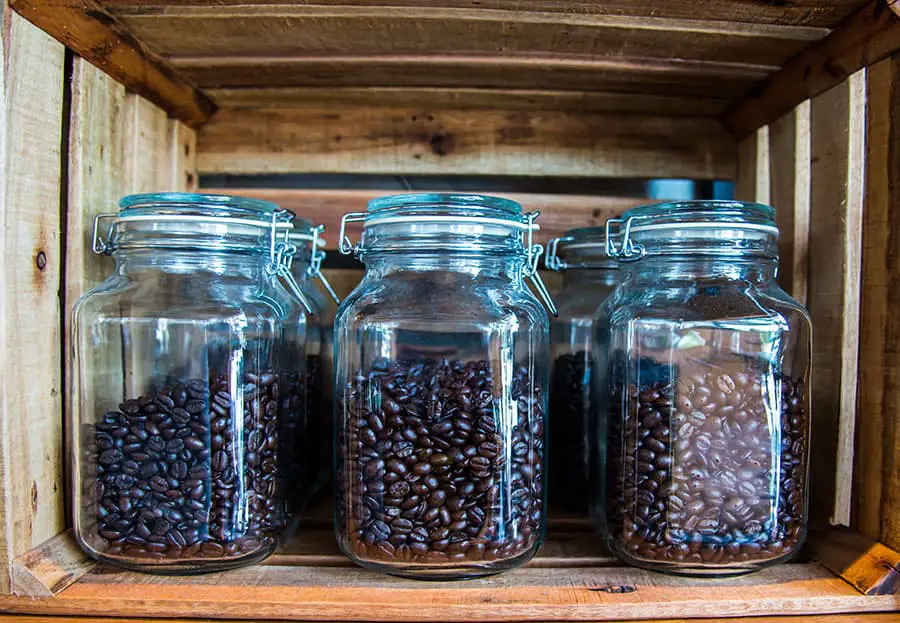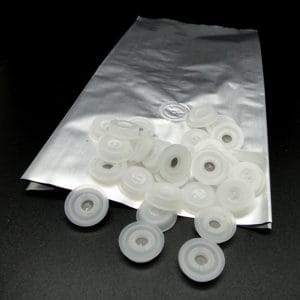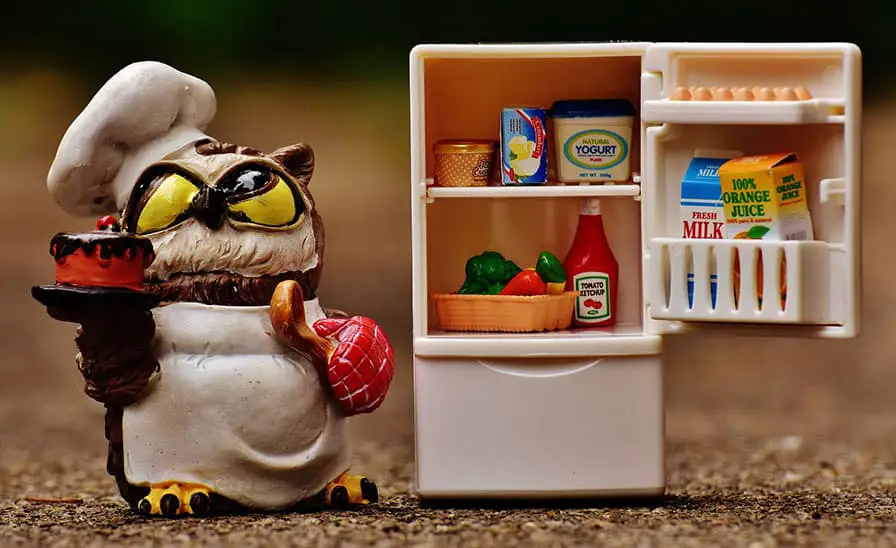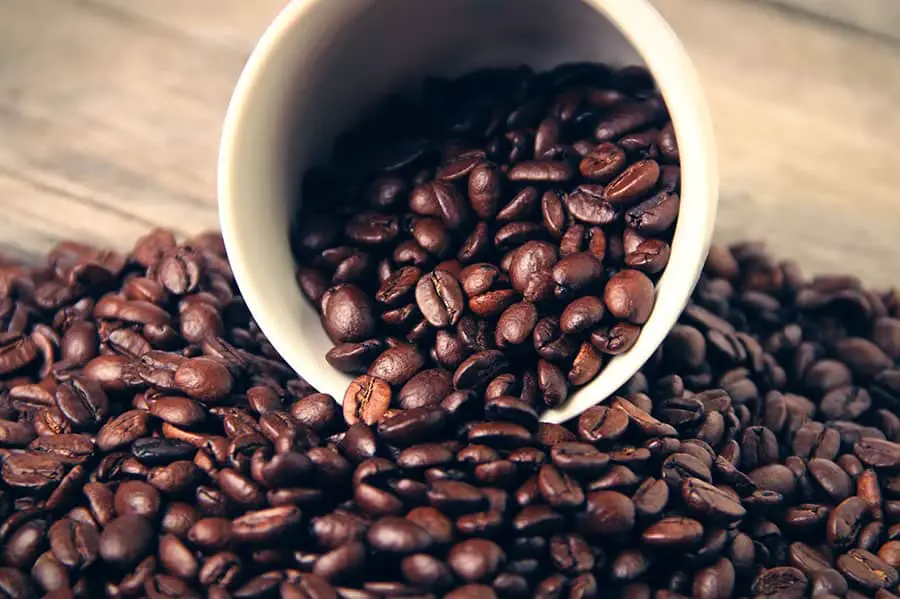Coffee isn’t just a morning ritual—it’s a celebration of flavor and aroma. Whether you’re a casual coffee drinker or a dedicated aficionado, you know that even the highest-quality beans can lose their magic if not stored properly. In today’s guide, we dive deep into the science of coffee freshness, discuss best practices for home storage, compare various storage options, and provide expert recommendations so that every cup you brew is bursting with flavor.
The Importance of Freshness
Once coffee is roasted, it begins a fascinating transformation. Freshly roasted beans release carbon dioxide (CO₂) and a host of volatile aromatic compounds that help protect their flavor. However, once the protective layer of CO₂ dissipates, the beans are vulnerable to oxidation—a process where oxygen degrades the oils and aromatic compounds. When exposed to air, moisture, heat, and light, coffee beans quickly lose their vibrant taste and aroma.
Key factors affecting freshness include:
- Oxidation: Exposure to oxygen breaks down the natural oils and flavors, leading to a flat or stale taste.
- Moisture: Even a slight increase in humidity can lead to unwanted chemical changes and spoilage.
- Heat: High temperatures accelerate the chemical reactions that degrade flavor.
- Light: UV rays can break down delicate compounds, diminishing the quality of your coffee.
Because of these factors, the way you store your coffee beans plays a crucial role in preserving that freshly roasted taste. For the best flavor, experts advise buying whole beans and grinding only what you need right before brewing.
Best Practices for Storing Coffee Beans

1. Choosing the Right Container
The foundation of preserving coffee freshness is selecting an appropriate storage container. Here’s what to consider:
- Airtight and Opaque: The container should completely block out air and light. Materials such as ceramic, dark glass, and stainless steel are excellent choices because they prevent both oxidation and light damage.
- Vacuum-Sealed Options: For those who want to extend the shelf life even further, vacuum-sealed canisters (like the Planetary Design Airscape or Fellow Atmos models) actively remove oxygen from the container.
- Material Matters: Avoid containers made from certain plastics that might impart unwanted flavors over time. Although many resealable bags come with a one-way valve, they often don’t offer the long-term protection needed for premium beans.
- Size: The container should be sized appropriately for the amount of coffee you use. An almost full container minimizes the amount of air inside, reducing the risk of oxidation.
2. Optimal Storage Environment
Even the best container can’t compensate for a poor storage environment. For optimal freshness:
- Keep It Cool and Dry: Store your beans in a cool, dry place—ideally between 50°F and 70°F (10°C–21°C). A pantry or cupboard away from heat sources (like ovens or radiators) is ideal.
- Block Out Light: Light, especially UV light, can break down essential compounds in your beans. Use opaque or dark containers, or store clear containers in a dark place.
- Avoid Temperature Fluctuations: Fluctuations in temperature can cause condensation inside the container. Consistent, room-temperature storage is best.
3. Purchase in Small Quantities and Grind When Needed
One of the simplest yet most effective tips for maintaining coffee freshness is to only buy what you can use within a short period. Consider the following:
- Buy Fresh, Not Bulk: Purchase only enough coffee for 2–4 weeks of use. This minimizes the time your beans are stored and reduces the chance of them going stale.
- Grind Just Before Brewing: Grinding increases the surface area exposed to oxygen. Whole beans retain their flavor for longer, so grind only the amount you need right before brewing.
Storage Options: A Detailed Comparison
Different storage methods each have their strengths and weaknesses. Let’s explore the main options:
Opaque, Airtight Containers
Using an opaque, airtight container is the most straightforward method. These containers shield your beans from light and air, preserving the delicate balance of oils and aromatics.
- Pros:
- Excellent protection from light and oxygen.
- Simple to use and generally cost-effective.
- Ideal for everyday storage.
- Cons:
- Must be kept in the proper environment (cool, dark, and dry) to be effective.
- Ideal Use:
- Everyday storage for whole beans consumed within a few weeks.
Vacuum-Sealed Canisters
For those looking to extend the shelf life even further, vacuum-sealed canisters are a top recommendation. Products like the Planetary Design Airscape and Fellow Atmos canisters are designed to remove air from the container actively.
- Pros:
- Actively removes oxygen, which slows down oxidation.
- Often include features such as CO₂ vents or even electric pumps (in upgraded versions) to maintain a vacuum seal.
- Many models include additional features like date tracking.
- Cons:
- Typically more expensive than standard containers.
- Require careful cleaning (especially if the vacuum mechanism is not dishwasher-safe).
- Ideal Use:
- Best for those who purchase beans in bulk or want long-term storage (up to six months when frozen, or several weeks at room temperature).
Original Resealable Bags

Many coffee beans come in resealable bags with one-way valves designed to let CO₂ escape while keeping oxygen out.
- Pros:
- Convenient and already provided by many roasters.
- Often inexpensive.
- Cons:
- The seals on these bags are not always perfect.
- The material may be too porous for long-term storage, especially if exposed to light.
- Ideal Use:
- Suitable for short-term storage (1–2 weeks) if the bag is well sealed and kept away from light and heat.
Freezing Coffee Beans
Freezing coffee beans remains a debated topic. Recent research and expert opinions indicate that freezing can be effective if done properly.
- Pros:
- Can extend the shelf life of coffee beans up to six months if the beans are portioned and stored in airtight, vacuum-sealed bags.
- Cons:
- Risk of moisture buildup and odor absorption if not sealed properly.
- Repeated thawing and refreezing can degrade quality.
- Ideal Use:
- For surplus beans that you won’t use within a few weeks. It is best to divide your beans into single-week portions before freezing.
Based on current expert advice (as cited by Food & Wine, Better Homes & Gardens, and others), if you consume your coffee quickly, room-temperature storage in an opaque, airtight container is preferable.
Expert-Recommended Coffee Containers
If you’re serious about preserving the delicate flavors of your beans, consider investing in one of these top-rated storage containers:
Planetary Design Airscape Canister
The Airscape canister uses a patented plunger lid that forces out air as you push it down, ensuring a near-vacuum seal. Its opaque, stainless-steel (or ceramic) construction keeps light out, further protecting your beans. This container is especially popular among coffee pros who value an extended shelf life without compromising flavor.
Fellow Atmos Vacuum Canister
Available in both manual and the recently upgraded electric versions, the Fellow Atmos Vacuum Canister is engineered to continuously monitor and maintain a vacuum seal. The electric model even features an automated lid that expels excess air, making it a convenient option for those who might forget to manually repressurize the container.
Coffee Gator Stainless Steel Canister
For a more budget-friendly option, the Coffee Gator canister provides a robust, airtight environment with a built-in carbon dioxide vent and a useful date tracker. This container is ideal for everyday use and comes highly recommended for its durability and effective design.
These options are widely available online and have received high praise from both experts and everyday coffee lovers alike.
To Freeze or Not to Freeze?

Freezing coffee beans is a technique that has divided opinions over the years. However, recent insights suggest that freezing can be an excellent way to extend the life of your beans—if done correctly.
How to Freeze Coffee Beans Properly
- Use Vacuum-Sealed Bags: Before freezing, remove as much air as possible. Vacuum-sealed bags or airtight, portioned containers work best.
- Divide into Portions: Freeze beans in weekly servings. This minimizes the risk of repeated thawing and refreezing, which can degrade flavor.
- Thaw Carefully: When you’re ready to use the beans, allow them to thaw completely before opening the bag. Some experts recommend grinding them while still slightly frozen, while others prefer to let them come to room temperature first.
- Avoid Freezer Burn: Ensure that no moisture enters the packaging. Even a small amount of water can cause freezer burn, which negatively affects the flavor.
Pros and Cons of Freezing
- Pros:
- Extends shelf life up to six months if done correctly.
- Ideal for preserving expensive, high-quality beans if you can’t consume them quickly.
- Cons:
- Requires extra steps (vacuum sealing, portioning, careful thawing).
- If not done properly, can lead to moisture buildup and flavor loss.
Ultimately, if you purchase coffee in small quantities for weekly use, freezing may be unnecessary. However, if you have a surplus or want to experiment with preserving rare beans, freezing in properly sealed portions can be highly effective.
Frequently Asked Questions
Q: Should I store coffee beans in the fridge?
A: No. The refrigerator’s fluctuating humidity levels and odor exposure can harm the flavor of your beans. The best storage option is at room temperature in an airtight, opaque container.
Q: How long do whole beans remain fresh?
A: For optimal flavor, whole beans should be consumed within 2–4 weeks of the roast date when stored correctly. If stored in a vacuum-sealed container, you might extend this period slightly, but freshness declines over time.
Q: Can I store pre-ground coffee?
A: While it is possible, ground coffee oxidizes much faster due to its increased surface area. For the best flavor, always grind your beans just before brewing.
Q: Is freezing a good option?
A: Freezing can extend the life of your coffee beans if done properly using vacuum-sealed, portioned storage. However, if you drink coffee frequently and buy in small amounts, storing at room temperature is generally preferable.
Q: What container material is best for coffee storage?
A: Opaque materials like ceramic, stainless steel, or dark glass are ideal because they block light and help maintain a consistent temperature. Plastic containers may work if they are BPA-free and designed to block light, but some materials can impart unwanted flavors.
Expanding on the Science of Coffee Storage
The Role of Carbon Dioxide in Fresh Coffee
When coffee is freshly roasted, it retains a significant amount of CO₂. This gas actually helps to protect the delicate oils and aromatics from immediate oxidation. For the first few days after roasting, beans will continue to release CO₂—a process known as degassing. It is vital not to completely trap this gas without allowing it to escape, which is why many high-quality coffee bags include a one-way valve. However, once the beans have degassed, any remaining oxygen in the container will begin to break down the flavor compounds. This is why vacuum-sealed containers that remove air are so effective.
Oxidation and Its Impact on Flavor
Oxidation is a chemical reaction that occurs when the coffee’s natural oils interact with oxygen. Over time, these oils break down and lose their potency, resulting in a flat, dull, or even bitter flavor. By minimizing the exposure of your beans to oxygen—whether through the use of airtight containers or vacuum sealing—you slow down the oxidation process. This means that your beans can maintain their intended flavor profile for a longer period.
Temperature Considerations
Temperature plays a significant role in how quickly coffee deteriorates. Beans stored in an environment that is too warm will degrade faster. Experts recommend keeping beans at a stable room temperature, ideally in the 50°F–70°F range. Storing beans in the freezer may slow down chemical reactions, but if the beans are not properly sealed, moisture and odor absorption become risks. In contrast, the refrigerator is generally not recommended due to its high humidity and frequent temperature fluctuations.
Personal Tips from Coffee Pros
Over the years, many coffee experts and roasters have shared their insights on the best way to store coffee. Here are a few of their top recommendations:
- Label and Date: Always write the roast date on your storage container. This allows you to track freshness and ensures you consume your coffee at its peak.
- Buy Fresh: Look for coffee that has been roasted recently. Many experts advise against buying beans without a visible roast date.
- Experiment: Taste tests can help you determine the best storage method for your personal palate. Some enthusiasts even store the same beans using different methods to compare flavor differences.
- Avoid Overexposure: Whether you’re storing in a bag or a canister, every time you open the container, you allow oxygen in. Try to minimize exposure by planning your coffee consumption and keeping your container sealed as much as possible.
As Heather Calatrello (an expert roaster) succinctly puts it, “Keep your beans away from air, moisture, heat, and light. If it tastes good to you, that’s what matters—but protecting your investment in high-quality beans is key to enjoying that perfect cup every time.”
Final Thoughts on the Subject
Preserving the freshness of your coffee beans is not an overly complicated process—but it does require attention to detail. By understanding the science behind oxidation and degassing, choosing the right container, maintaining an optimal storage environment, and buying in small, fresh batches, you can ensure that every cup of coffee is as delightful as the first.
From the humble resealable bag to sophisticated vacuum-sealed canisters, each storage option has its place. For everyday use, an opaque, airtight container in a cool, dark place is sufficient. For those who like to buy in bulk or have beans that you won’t use within a few weeks, a vacuum-sealed container or properly portioned freezer storage can help maintain flavor for longer periods.
Remember, coffee is personal. Experiment with different methods, taste your results, and adjust your storage techniques until you find the perfect system for your needs. Whether you opt for a top-rated canister like the Planetary Design Airscape, the Fellow Atmos Vacuum Canister, or a well-sealed resealable bag, the goal remains the same: enjoy fresh, flavorful coffee every day.
Happy brewing, and may your mornings always be filled with the rich aroma of perfectly preserved coffee!


